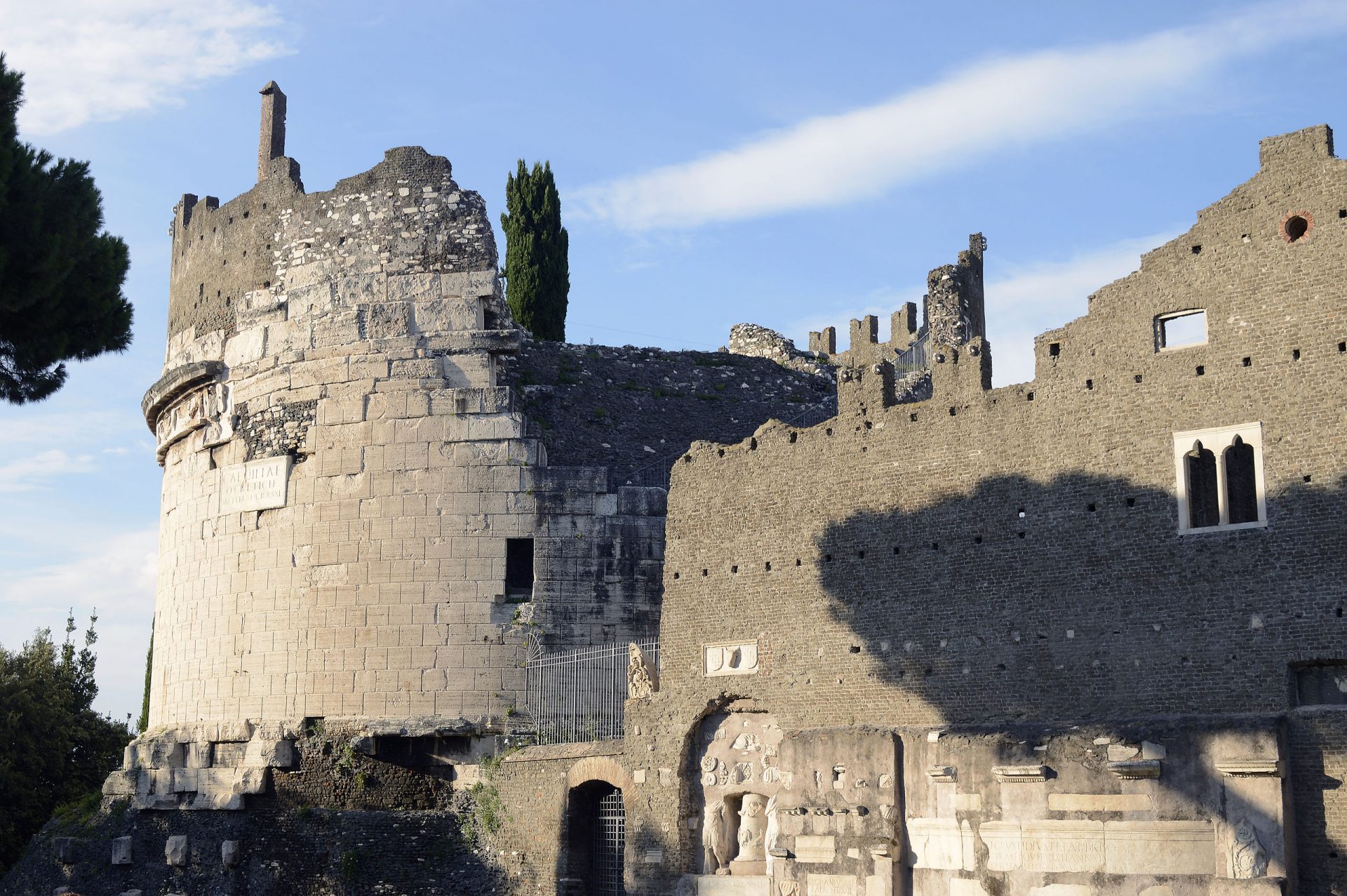How marsh grass protects shorelines
As climate change brings greater threats to coastal ecosystems, new research can help planners leverage the wave-damping benefits of marsh plants.
Marsh plants, which are ubiquitous along the world’s shorelines, can play a major role in mitigating the damage to coastlines as sea levels rise and storm surges increase. Now, a new MIT study provides greater detail about how these protective benefits work under real-world conditions shaped by waves and currents.
The study combined laboratory experiments using simulated plants in a large wave tank along with mathematical modeling. It appears in the journal Physical Review — Fluids, in a paper by former MIT visiting doctoral student Xiaoxia Zhang, now a postdoc at Dalian University of Technology, and professor of civil and environmental engineering Heidi Nepf.
It’s already clear that coastal marsh plants provide significant protection from surges and devastating storms. For example, it has been estimated that the damage caused by Hurricane Sandy was reduced by $625 million thanks to the damping of wave energy provided by extensive areas of marsh along the affected coasts. But the new MIT analysis incorporates details of plant morphology, such as the number and spacing of flexible leaves versus stiffer stems, and the complex interactions of currents and waves that may be coming from different directions.
This level of detail could enable coastal restoration planners to determine the area of marsh needed to mitigate expected amounts of storm surge or sea-level rise, and to decide which types of plants to introduce to maximize protection.
“When you go to a marsh, you often will see that the plants are arranged in zones,” says Nepf, who is the Donald and Martha Harleman Professor of Civil and Environmental Engineering. “Along the edge, you tend to have plants that are more flexible, because they are using their flexibility to reduce the wave forces they feel. In the next zone, the plants are a little more rigid and have a bit more leaves.”
As the zones progress, the plants become stiffer, leafier, and more effective at absorbing wave energy thanks to their greater leaf area. The new modeling done in this research, which incorporated work with simulated plants in the 24-meter-long wave tank at MIT’s Parsons Lab, can enable coastal planners to take these kinds of details into account when planning protection, mitigation, or restoration projects.



